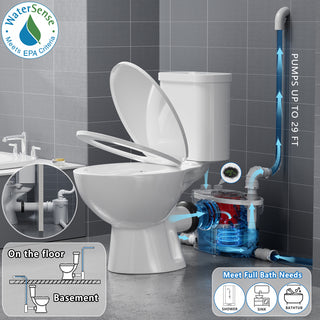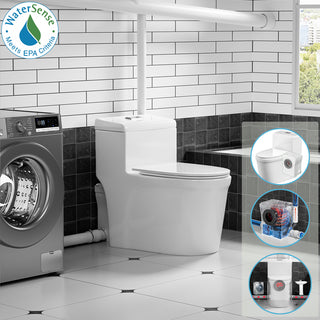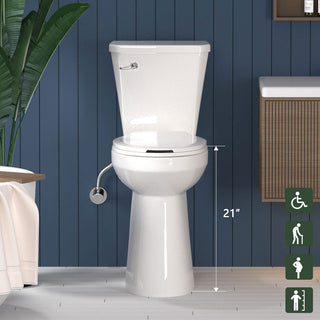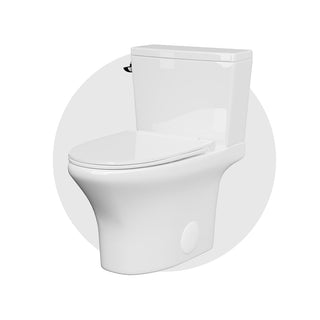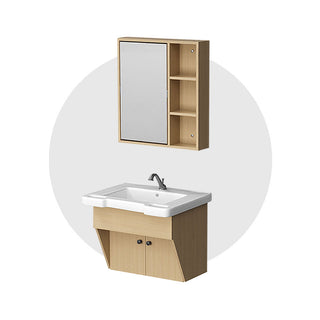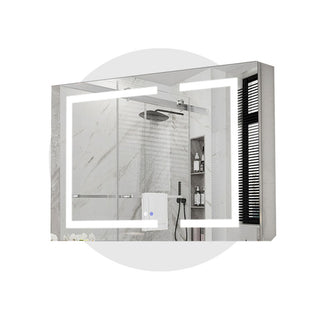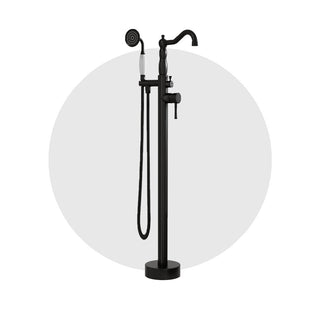When it comes to installing macerating toilets, one of the most common questions homeowners and plumbers ask is: Does a macerator toilet need a vent? Understanding the role of ventilation in macerating toilet systems is essential to ensure proper function, odor control, and long-term reliability.
Why Is Venting So Important?
Let’s get one thing straight: venting is not just some plumbing fancy—it’s the unsung hero of your drainage system. The venting system’s job is to keep the air pressure inside your pipes balanced. Without this balance, you risk creating a vacuum that can suck out the water seal in your toilet trap, leading to foul sewer gases sneaking back into your bathroom. Yikes!
Good venting also helps your toilet flush smoothly by letting air flow in behind the water as it drains out. Think of it as giving your pipes room to breathe, which keeps everything flowing nicely without gurgling sounds or slow drains.
So if you’ve ever wondered, do you have to vent a toilet through the roof? — in traditional setups, absolutely yes. But macerating toilets? The answer might surprise you.
When Roof Venting Isn’t Necessary: The Simple Project Macerating Toilet System
Here’s the deal: many macerating toilets, including our Simple Project Macerating Toilet System, are designed differently. They don’t always need that classic roof vent pipe. How? Because they come with their own built-in venting and odor control system!
Our toilet features a cleverly designed internal vent and an activated carbon filter that traps odors before they ever get near your nose. That means no smelly surprises and no need to run a vent pipe all the way to the roof — a huge bonus for basement bathrooms or tricky installations where roof venting is a hassle.
So, if you’ve been asking, does a basement toilet need to be vented? — with our system, it’s often a no-brainer: you can skip the roof vent altogether without worrying about odors or drainage problems.
How to Vent a Macerating Toilet — If You Need To
Okay, so maybe you have a macerating toilet model that still requires venting, or your local plumbing codes insist on it. No worries! Here’s a quick guide on how to vent a macerating toilet the right way:
- Pick a vent pipe just a bit larger than the vent outlet — that’s usually the spot where the carbon filter lives. Don’t worry, no need to remove the filter when installing.
- Keep your vent pipe short and sweet with as few bends as possible. The less twisty, the better for airflow.
- Connect your vent to either an outdoor vent or the main house vent stack to make sure gases escape safely.
If you’re curious about how to vent an upflush toilet or do upflush toilets need to be vented, the rules are basically the same. Proper venting is the key to keeping everything running smoothly and odor-free.
Pro Tips and Final Thoughts
Remember: venting requirements can vary depending on your toilet model and where you live. Always check your manufacturer’s instructions and local plumbing codes. If in doubt, call a licensed plumber who knows the ins and outs of these systems.
So, to answer the big question once and for all — does a macerating toilet need to be vented? It depends. But with smart systems like ours, you can often ditch the roof vent and still enjoy a fresh, hassle-free bathroom.
Want to learn more about how to vent a macerating toilet or specifics of the Simple Project system? Just ask! We’re here to help you flush away your worries — literally.


